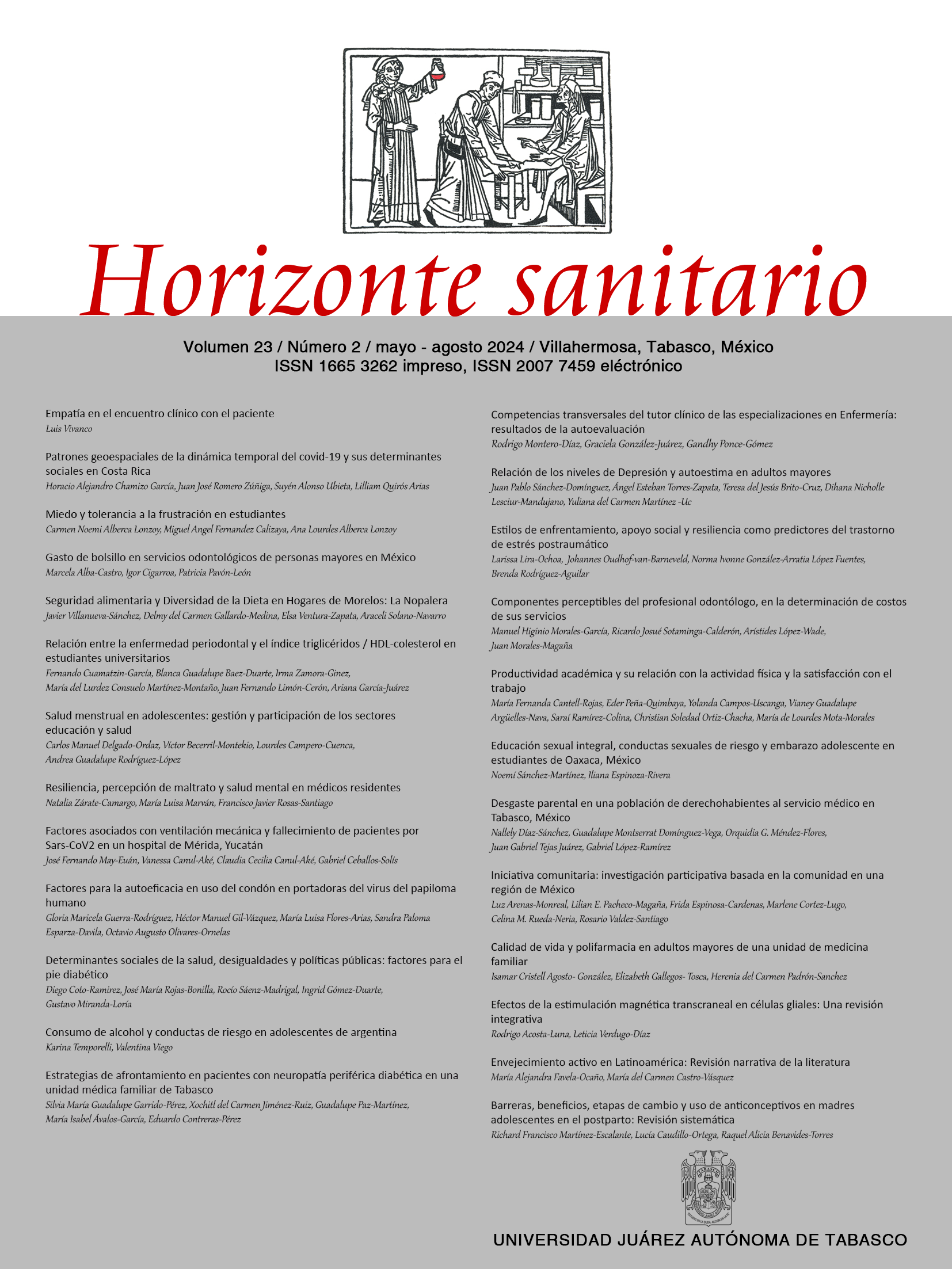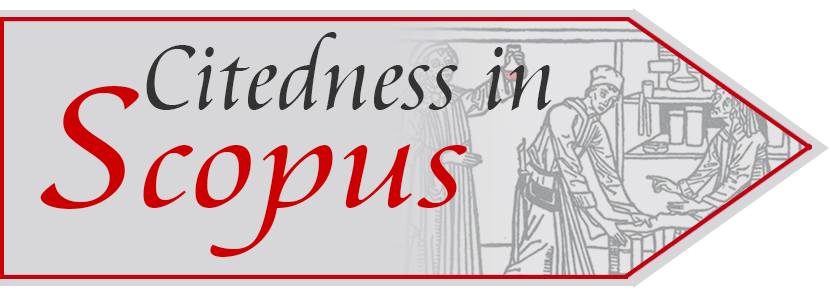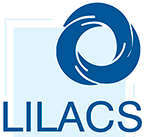Quality of life and polypharmacy in older adults in a family medicine unit
DOI:
https://doi.org/10.19136/hs.a23n2.5856Abstract
Objective: To relate the quality of life and the use of polypharmacy in elderly patients in the Family Medicine Unit No. 45 at Cárdenas, Tabasco.
Material and Methods: Quantitative, observational, analytical, cross-sectional, and prospective study, which covered from March to June 2023 the Family Medicine Unit No. 45 IMSS at Cárdenas, Tabasco, where 367 patients, aged 60 year or over, were included. A validated instrument, the WHO WHOQOL-OLD questionnaire, which is an adaptation of the Whoqol-100 questionnaire and the Whoqol-Bref, which evaluates the quality of life in older persons, was applied with prior signing of informed consent. A descriptive analysis was used: frequency distribution, measures of central tendency, for the association of variables, inferential method: Pearson's p (Chi 2), in the SPSS version 21 software.
Results: It was found that among the 367 patients there is a predominance of sex, 229 are women (62.39%) and 138 are men (37.61%). There is a high prevalence of chronic-degenerative diseases 56.1% (n=206). Regarding polypharmacy, 41.4% (n=152) do not use it and 58.6% (n=215) do use it. A connection with a P person of = 0.001 was found regarding the level of quality of life, older patients who use polypharmacy have a moderately good perception of quality compared to those who do not use polypharmacy who have a good perception of quality of life.
Conclusions: The use of polypharmacy in the elderly is frequent and this generates an impact on their quality of life, since most of them are carriers of chronic-degenerative diseases.
Keywords: Older persons; Quality of life; Polypharmacy.
Downloads
Downloads
Published
Issue
Section
License
Copyright (c) 2024 Horizonte Sanitario

This work is licensed under a Creative Commons Attribution-NonCommercial-ShareAlike 4.0 International License.





























